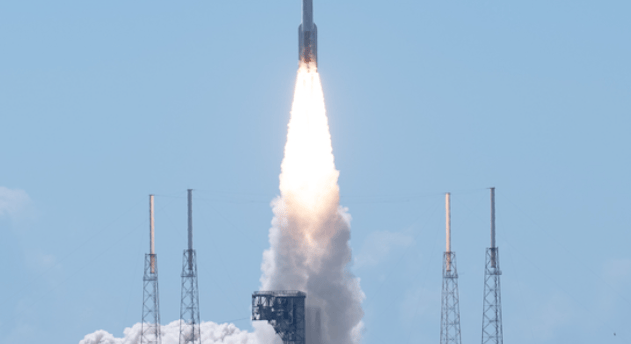Satyamev Jayte
SpaceX accomplishes first soft splashdown of Starship, Super Heavy Booster on Flight 4 mission
Blog post description.
6/6/20241 min read


For a fourth time in a little more than a year, SpaceX launched a test mission of its massive Starship rocket from its development facility in southern Texas called Starbase. The launch, dubbed Flight 4, push the launch vehicle towards its goal of being a mostly reusable rocket.
Similarly to the previous three launches, Flight 4 did not include a payload and flew a suborbital trajectory. Unlike the preceding missions, Flight 4 saw a soft splashdown of the Super Heavy Booster (Booster 11) and of the Starship upper stage (Ship 29). Liftoff took place at 7:50 a.m. CDT (8:50 a.m. EDT, 1250 UTC), near the opening of a 120-minute window.
On Wednesday, SpaceX achieved a significant milestone by stacking Ship 29 on top of Booster 11, creating the towering 121-meter (397-foot) Starship rocket. On June 1, in a post on X (formerly Twitter), SpaceX founder Elon Musk outlined the primary objective of this mission: "to get much deeper into the atmosphere during reentry, ideally through max heating." Following the mission, Musk celebrated the reentry of Starship, noting its success despite "the loss of many tiles and a damaged flap."
During Flight 3, the upper stage encountered an issue where it began to roll uncontrollably, which prevented the vehicle from performing a relight of one of its six Raptor engines. Despite this, the rocket was able to maintain communication and stream high-definition camera views of its reentry through a plasma blanket, thanks to its connection with the Starlink satellite internet network, another facet of SpaceX’s operations.
In a post-launch blog, SpaceX elaborated on the incident: "The lack of attitude control resulted in an off-nominal entry, with the ship experiencing much larger than anticipated heating on both protected and unprotected areas." They identified the most likely cause of the unexpected roll as clogging of the valves responsible for roll control. To address this, SpaceX has added additional roll control thrusters to future Starships to enhance attitude control redundancy and has upgraded the hardware to improve resilience against blockages
SUBSCRIBE TO OUR NEWS LETTER
AMRITA JAISWAL & ASSOCIATES
Address: Chamber No. 417, Saket District Court, New Delhi, 110017
Mob: +91-9319013053
Email: advamritajaiswal@gmail.com
